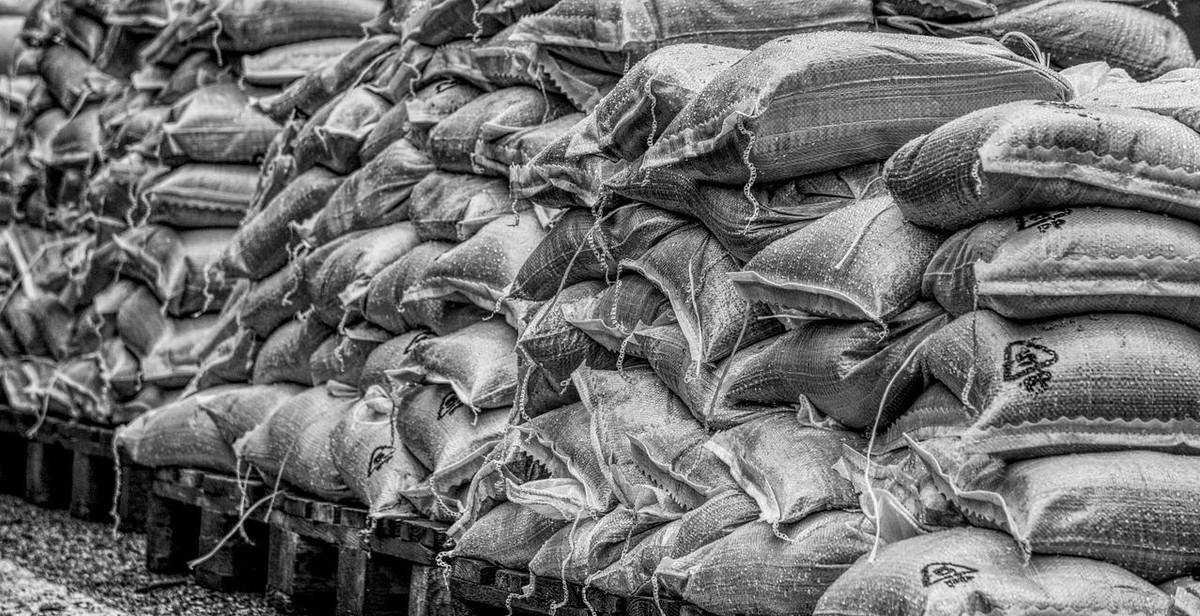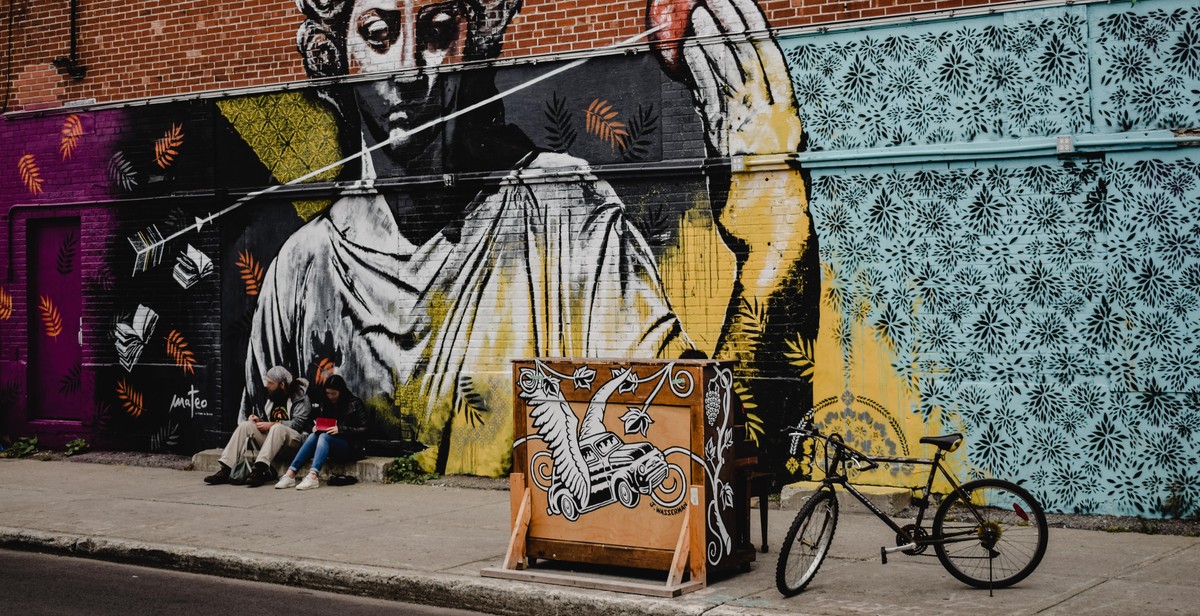Introduction
Are you looking for a way to add some personality and artistic flair to your home or office? Painting a mural on your wall is a creative way to transform your space and make it truly unique. A mural is a large-scale painting or artwork that is typically created on a wall or other large surface. Murals can range from simple designs to complex and detailed artworks that cover entire walls or even entire buildings.
What is a Mural?
A mural is a form of public art that has been used for centuries to communicate important ideas and messages. Murals can be found in many different cultures and can be created using a variety of materials and techniques. In modern times, murals have become a popular way to add color and personality to homes, businesses, and public spaces.
Why Paint a Mural on Your Wall?
Painting a mural on your wall can be a fun and rewarding experience. It allows you to express your creativity and showcase your artistic talents. A mural can also add value to your property and make it stand out from others in your neighborhood. Additionally, murals can be used to create a specific mood or atmosphere in a room, such as a relaxing and peaceful environment in a bedroom or a vibrant and energetic atmosphere in a living room or office space.
If you are ready to get started on your mural painting project, keep reading for tips and tricks on how to create a stunning and professional-looking mural on your wall.

Preparation
Before you start painting your mural, it is important to prepare the wall properly. Proper preparation ensures that your mural will look great and last a long time. Here are some steps to follow:
Choose a Wall
The first step in preparing to paint a mural is to choose the wall you want to paint on. Look for a wall that is smooth and has a neutral color. This will make your mural stand out and look its best. Avoid walls that are textured or have a lot of imperfections, as they can make it difficult to paint a smooth, even surface.
Clean the Wall
Once you have chosen your wall, it is important to clean it thoroughly before you start painting. Use a damp cloth or sponge to wipe down the wall and remove any dirt, dust, or debris. If the wall is particularly dirty, you may need to use a mild detergent and water to clean it. Make sure the wall is completely dry before you start painting.
Prepare the Surface
Before you start painting your mural, it is important to prepare the surface of the wall. This involves filling in any holes or cracks in the wall and sanding down any rough areas. Use a spackling compound and putty knife to fill in any holes or cracks, and then sand the surface smooth. This will create a smooth, even surface for your mural.
If the wall has been painted before, you may need to sand it down to create a smooth surface. Use a sanding block or sandpaper to remove any rough areas or bumps. Make sure to wipe the wall down with a damp cloth to remove any dust before you start painting.
By following these steps, you can prepare your wall properly for painting a mural. This will ensure that your mural looks great and lasts a long time.

Designing the Mural
Before you start painting your mural, it’s important to have a clear idea of what you want to create. The first step in designing your mural is to select a theme. This could be anything from a favorite quote or phrase to a landscape or portrait. The key is to choose something that inspires you and that you will enjoy seeing every day.
Sketch the Design
Once you have chosen your theme, it’s time to start sketching your design. You can use pencil and paper or a digital drawing program to create your sketch. Take into consideration the size and shape of your wall, as well as any furniture or other objects that may be in the room. It’s also important to think about the color scheme you want to use and how it will complement the rest of the room.
When sketching your design, it’s a good idea to create a rough outline of the shapes and forms you want to include. This will help you to get a sense of the overall composition and balance of the mural. You can then start to add details and refine your sketch until you are happy with the final design.
Transfer the Design to the Wall
Once you have your final design, it’s time to transfer it to the wall. There are a few different methods you can use to do this, depending on the size and complexity of your design.
- Grid Method: Divide your design into a grid and draw a corresponding grid on the wall. Use this as a guide to transfer the design square by square.
- Projector Method: Use a projector to project your design onto the wall. Trace the outline of the design onto the wall using a pencil.
- Freehand Method: If you are confident in your drawing skills, you can simply draw the design directly onto the wall using a pencil or chalk.
Whatever method you choose, be sure to take your time and double-check your measurements and proportions. Once the design is transferred to the wall, you can start to paint!
| Tip: | It’s a good idea to paint a base coat on the wall before you start painting your mural. This will help to ensure that the colors are true and that the paint adheres properly to the wall. |
Painting the Mural
Now that you have prepared the wall and sketched out your design, it is time to start painting your mural. Here are the steps you should follow:
Choose the Paint
The type of paint you choose will depend on the surface you are painting on and the look you want to achieve. For indoor murals, acrylic paint is a popular choice as it dries quickly and is easy to work with. For outdoor murals, you will need to use a paint that is weather-resistant and durable.
When selecting your paint, consider the color palette you want to use. You may want to choose colors that complement the room or space where the mural will be displayed. Take into account the lighting of the room as well, as this can affect how the colors appear.
Start Painting
Begin by painting the larger areas of your mural with a base coat. Use a roller or a large brush to apply the paint evenly. You may need to apply several coats to achieve the desired opacity.
Once the base coat is dry, you can start adding details to your mural. Use smaller brushes to add finer details and textures. Take your time and work carefully, making sure to blend colors and create smooth transitions where necessary.
If you are working with stencils or templates, use a small brush to carefully fill in the shapes. Make sure to remove the stencil or template before the paint dries to avoid smudging.
Add Details and Finishing Touches
As you work on your mural, step back from time to time to assess your progress and make any necessary adjustments. Add highlights and shadows to create depth and dimension. Use a fine-tipped brush to add fine details and accents.
Once you are happy with your mural, it is time to add the finishing touches. Use a small brush to touch up any areas that need it and to ensure that the edges are clean and crisp.
Allow the paint to dry completely before removing any tape or stencils and before hanging any artwork or decor on the wall.
Summary
| Step 1: | Choose the right paint for your surface and desired look. |
| Step 2: | Apply a base coat to larger areas, then add details with smaller brushes. |
| Step 3: | Step back and assess your progress, make any necessary adjustments, and add finishing touches. |
- Use acrylic paint for indoor murals and weather-resistant paint for outdoor murals.
- Apply several coats to achieve the desired opacity.
- Use smaller brushes for finer details and textures.
- Step back and assess your progress frequently.
- Add highlights and shadows for depth and dimension.
- Allow the paint to dry completely before removing tape or stencils.

Maintenance
Once you have completed your mural, it is important to take proper care of it to ensure it lasts for a long time. Here are some tips on how to maintain your mural:
Protect the mural
Protecting your mural from damage is crucial. You can do this by placing a clear protective coating over the mural. This will help to prevent scratches, fading, and other types of damage. There are various types of protective coatings available in the market, so make sure to choose one that is suitable for your mural.
Clean the mural
It is important to keep your mural clean to maintain its beauty. However, cleaning a mural requires special care to avoid damaging the artwork. Here are some tips on how to clean your mural:
- Use a soft-bristled brush or a feather duster to gently remove dust and dirt from the surface of the mural.
- If there are any stains on the mural, use a damp cloth to gently wipe them away. Avoid using harsh chemicals or abrasive cleaners as they can damage the paint.
- If your mural is located in a high-traffic area, consider cleaning it more frequently to prevent dirt buildup.
Regular maintenance
Regular maintenance is essential to ensure your mural remains in good condition. This includes inspecting the mural for any signs of damage or wear and tear. If you notice any issues, it is important to address them as soon as possible to prevent further damage.
| Tips for maintaining your mural |
|---|
| Use a clear protective coating to protect your mural from damage |
| Use a soft-bristled brush or feather duster to remove dust and dirt from the surface of the mural |
| Avoid using harsh chemicals or abrasive cleaners to clean your mural |
| Inspect your mural regularly for signs of damage or wear and tear |
